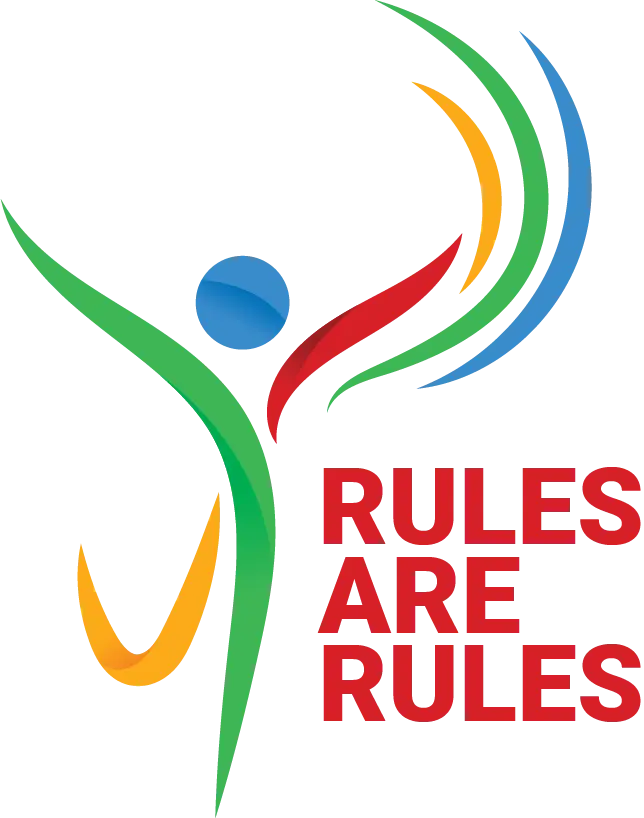Best Rules for Football/Soccer
Introduction
Football is a sport played around the globe. It started in England and in 1863 the Football Association created football rules. More than 200 countries around the world play this sport. According to study, more than 100 million Americans play this game regularly. Playing football helps players to improve their physical fitness and build relationships with their teammates.

Football Leagues
There are tournaments such as the Euro Championships, Copa American, Women Super league and National League North. Some well-known football leagues include the English Premier League, LaLiga in Spain, Serie A in Italy, and Bundesliga in Germany. This game also known as Soccer in different parts of world.
Ground
Football ground dimensions vary from each ground. Ground is rectangular in shape, with a maximum length 120m and minimum 90m. Its maximum width is 90m and minimum 45m. For international matches rules are somewhat strict.
- Maximum length 110m and minimum 100m.
- Maximum width 75m and minimum 64m.
A soccer goal is 8ft high and 24ft wide. The area about 5.5m or 6yard in front of the goal is called goal area. Beyond the goal area is the penalty area, which is 11m or 12yard long. A mark is placed up to 11 meter from the goal line i.e. between the penalty area and the goal area, from where the penalty kick is taken. A semi-circle with a radius of 9.15m is drawn on the outside of the pellet area.
A line is drawn to divide the football field into two equal parts called the center line. A mark is placed in the middle of the center line where the football is placed to start the match. A circle with a radius of 9.5 meters is placed in the middle of the football ground.
Foul
- If the football goes beyond the sideline, it’s a foul. To restart the match, a player steps out from the sideline and catches the ball with both hands, touching the ground with both feet. Straightens the arms and throw the ball into the ground.
- Unless the ball goes beyond the goal line, it is called corner short. A player kicks the football by placing the football at one corner of the field, i.e. at the end of the goal line, and kicks it into the goal area.
- If a player of one team fouls or knocks down a player of the other team in the goal area, the other team is awarded a penalty kick. Which is placed from a distance of about 11 meters from the goal which is faced by the goalkeeper alone.
- Unless a player knowingly causes harm to another player, the referee considers the circumstances and decides whether to eject the player from the match or give a warning.
- In case of excessive damage, the referee throws the player out of the match by showing a red card
- Yellow card is a warning and red card dismisses the player. Two yellow cards equal one red card
Winning
To win the game you must score more than the opponent. If the score is level, the game will end as a draw. The game can go to extra time 10-15mnts. If the match is still tied, both sides get 5-5 penalty kicks. Unless the match is tied even at the penalty kick, then the rest of the players take turns to kick. During this time, if any one team misses a penalty kick, then that team loses and the other team wins.
Football Rules
- Game consists of two 45mnt halves with a 15mnt rest period in between.
- The ball must have a circumference of 58-61cm and be of a circular shape.
- Each team has 11 players with one goalkeeper who can hold the football with hands within the penalty area.
- Of the remaining ten players, three players play as fullbacks who prevent the other team from scoring. Four players play in the middle who feed their team back and forth. Three players play forwards who score goals.
- Each game consists of one referee and two additional referees. It’s the job of the referee to take any decision such as fouls, penalties and free kicks. Referee may consult other referees at any time regarding the decision. It’s the other referee’s duty to spot from outside and assist the referee in the decision making process.
- Each team can name up to 7 substitute players. Substitutions can be made at any time of the match with each team being able to make a maximum of 3 substitutions per side. In the event of all three substitutes being made and a player having to leave the field for injury the team will be forced to play without a replacement for that player.
- Once a player is sent off by the referee’s decision then they cannot be replaced.
